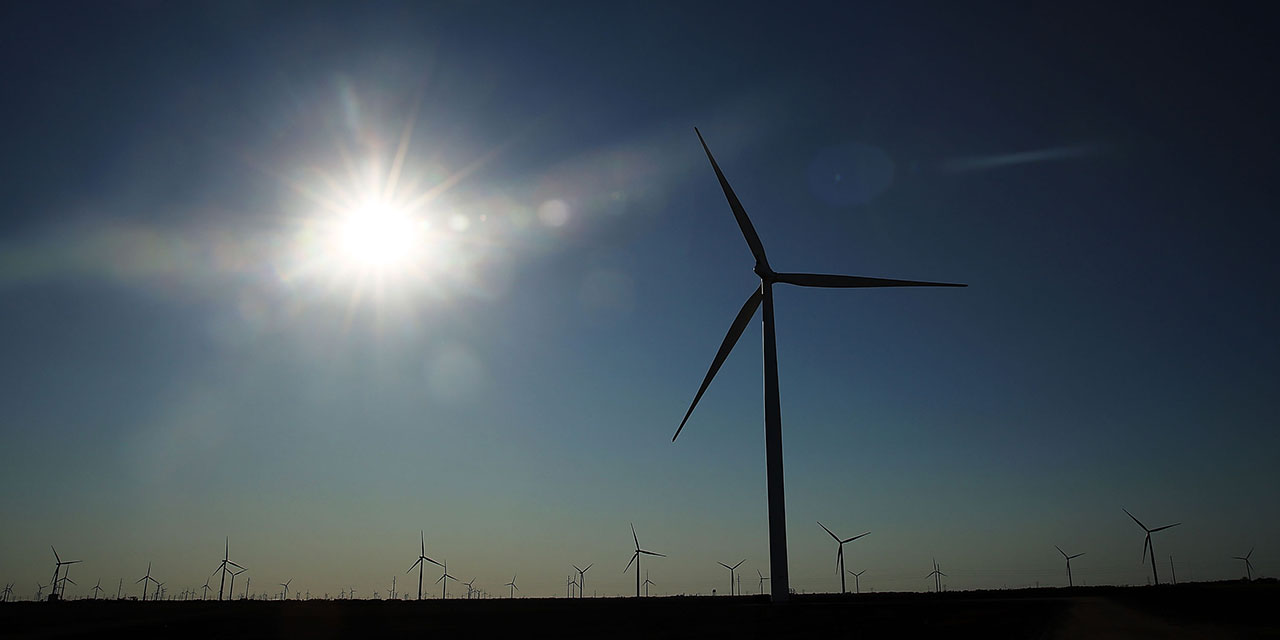Texas is a long way from New York and New England, but the Lone Star State’s experience with wind turbines is a cautionary tale for the northeast, where state political leaders are moving ahead with plans to construct thousands of megawatts of wind power off the Atlantic coast.
Texas relies on wind turbines for one-fourth of its electric power. A brutal winter storm and record cold temperatures had plunged the state into darkness. The problem? Half of the state’s wind turbines were unable to generate electricity because of ice on their blades. Millions of Texans were left without power as the state’s electricity authority ordered rolling blackouts because there wasn’t enough electricity to go around. Anyone who has experienced an old-fashioned nor’easter knows just how unpleasant conditions can be.
And yet, the northeast intends to become heavily reliant on offshore wind. New York governor Andrew Cuomo has issued an executive order for at least 9,000 megawatts (MW) of offshore wind by 2035. New Jersey governor Phil Murphy is calling for 7,500 MW by that same year. Connecticut, Massachusetts, and Rhode Island have all proclaimed their goal of 100 percent emissions-free electricity as soon as 2030.
But placing one’s electric eggs in an offshore wind (and solar) basket will be a prescription for a wintry disaster. Besides snow and ice, a nor’easter can produce gale-force winds. (The turbines shut down once winds reach a prescribed level, usually 55 mph.) At sea, cold and high winds combine to form ice from salt spray.
Imagine that, during a nor’easter, most of those planned offshore turbines are shut down. Solar panels won’t be generating power either; even if they did, solar power is limited in winter because there isn’t much daylight to work with.
These same states tout battery storage as a method to keep the lights on. But building enough battery storage to supply New York for four hours during a nor’easter would cost hundreds of billions of dollars, and that’s before considering the policy proposals to switch all end-use fossil-fuel consumption—for transportation, heat, and hot water—that will increase the demand for electricity several times over.
According to the U.S. Energy Information Administration, by 2018, utility-scale batteries had decreased in cost to $625 per kilowatt-hour (kWh). (By contrast, the average wholesale price of electricity in New York State was between 2.2 cents/kWh and 5.1 cents/kWh in 2019— and lower still in 2020.)
The New York Independent Systems Operator, which runs the state’s high-voltage power grid and coordinates the operation of generating plants, estimates that during high-demand winter days—such as during winter storms—the demand for electricity would be around 23,000 MW. To meet that demand for just four hours would require 132,000 MWh of battery capacity. At $625/kWh, that translates into an $82 billion investment in battery storage.
In a sane world, the recent experience in Texas would be a red flag for offshore wind advocates. But the lure of billions of dollars in subsidies surely will encourage them to ignore these warnings and march confidently into a future of sky-high electricity rates—and rolling blackouts.
Photo by Spencer Platt/Getty Images





